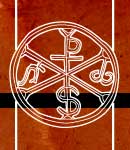
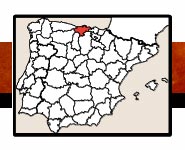

 |
 |
||
 |
|||
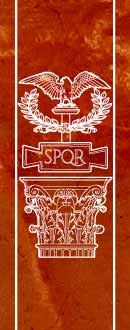 |
(40)/BE-C/CANT-Liebana-40.jpg) |
-55/BOOK-cort-40.jpg) |
 |
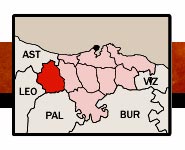 |
||
 |
|||
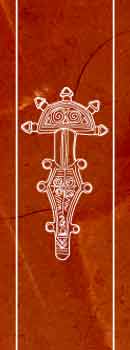 |
ACCESO A LA LIEBANA:Desde la A-8, junto a Unquera, en la salida 272 (Unquera, Panes, Potes), arranca la N-621, principal carretera de la Liébana, por esta vía se accede rápidamente a Lebeña y a los monumentos de Potes; poco antes de llegar a Potes, en el pueblo de Ojedo, tenemos la carretera CA-184 con dirección Cervera de Pisuerga y Palencia, que conduce a 2 importantes enclaves Piasca y Cabezón de Liébana.ACCESO PARA MINUSVÁLIDOSSANTA MARIA: Acceso factible para sillas de ruedas. POTES: Consultar monumento.. |
/350-PLN-Lieban-50.jpg) |
ACCESS TO LA LIEBANA:From the A-8, next to Unquera, at exit 272 (Unquera, Panes, Potes), take the N-621, main road of La Liebana, by this road we will quickly access to Lebeña and the monuments of Potes; shortly before reaching Potes, in the town of Ojedo, we have the CA-184 the road to Cervera de Pisuerga and Palencia, which leads to 2 important places: Piasca and Cabezón de Liebana.ACCESO PARA MINUSVÁLIDOSSANTA MARIA: Church accessible for wheelchairs. POTES: Consult monument.. |